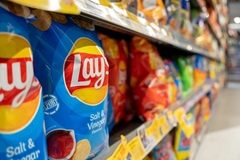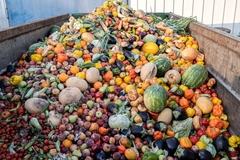NIZO Develop Method to Determine Fat Oxidation in Specialty Powders
Specialty powders such as infant formula contain valuable fatty acids that are prone to oxidation. By emulsifying these compounds they are protected from oxidation, preventing development of unpleasant off-tastes. In this way the shelf life of the product is safeguarded.
Mar 9 2012 --- Oxidation of well protected poly-unsaturated fatty acids in specialty powders can now be determined. NIZO scientists have developed a validated method to extract all fats from foods such as infant formula. In this way a reliable peroxide value (POV) can be determined.
Specialty powders such as infant formula contain valuable fatty acids that are prone to oxidation. By encapsulating these compounds they are protected from oxidation, preventing development of unpleasant off-tastes. In this way the shelf life of the product is safeguarded.
An early indication of the decline and thus the shelf life of these fatty acids is the formation of peroxides, which eventually leads to compounds that cause off-taste. To get a reliable measure of the shelf life, all fats therefore need to be extracted. In this way the true peroxide value (POV) can be determined. However, current extraction methods are no longer sufficient in the case of powders that contain fats with a protective layer. At best partial extraction can be achieved and sometimes no fats can be extracted at all. Partial extraction may give a gross overestimation of the level of oxidation. Zero extraction gives no information at all.
Based on the knowledge of behaviour of proteins and fats in foods, NIZO scientist developed a unique method that allows the full liberation and extraction of fats that are well embedded in the food matrix. Kees Olieman, senior scientist at NIZO, has already applied this method in testing new ingredients: “Now we can help industry in reliably testing new emulsifying technologies or new fat-based ingredients. The good news,” he concludes,” is that it also helps companies to prevent discarding foods that in the past were rejected based on incomplete fat extraction.”













